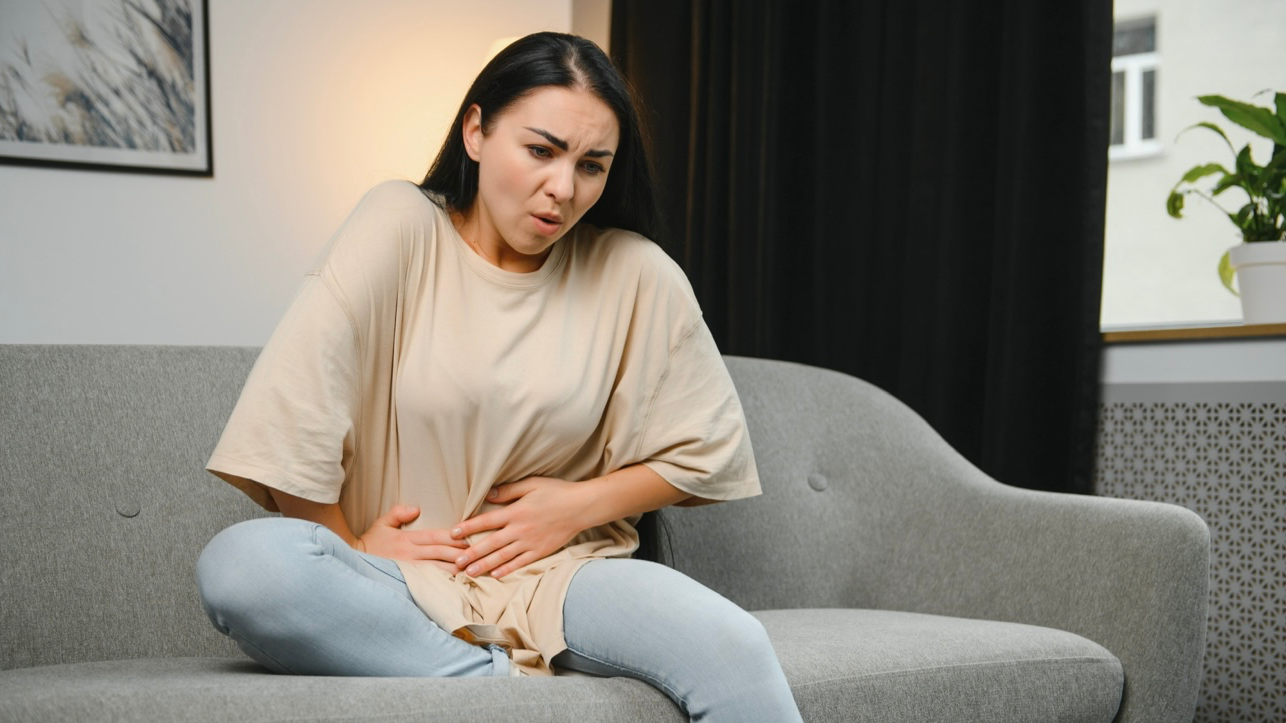Endometriosis and the Latest Technology
Women living with endometriosis typically experience severe abdominal discomfort during their period. The pain can be excruciating and completelyf disrupt their daily lives.
Monitoring one’s symptoms and their cycles is vital in finding effective solutions for their symptoms. Doing this can assist them in finding treatment methods tailored specifically to them.
Over-the-counter nonsteroidal anti-inflammatory drugs and hormone therapy such as low dose birth control pills/patches/rings can provide relief from period pain. Additionally, pregnancy testing may help identify whether hormone therapy would help.
What is Period Pain?
An unpleasant monthly period can be made even more distressful for women with endometriosis, due to pelvic pain during menstrual cycles caused by their condition. The main symptom is pelvic discomfort caused by your uterine lining growing and breaking down as it spreads throughout your pelvic area, including organs like your ovaries, fallopian tubes, bowels and bladder; only to return during periods and cause inflammation or scarring that leads to pain, inflammation and scarring.
Uncertain reasons exist for why some women experience more painful periods than others, yet prostaglandin levels in some people’s bodies appear to cause their muscles to tighten and contract, increasing discomfort during menstruation. Pain can also result from medical conditions or infections like pelvic inflammatory disease, fibroids or adenomyosis causing secondary dysmenorrhoea – more severe and lasting longer than period pain due to prostaglandins alone.
Minor discomfort during your period is normal and can usually be relieved with over-the-counter painkillers such as paracetamol. Prescription medicines may also help to alleviate your symptoms; for more information about this please speak with your gynaecologist or physician.
How to Determine if It?s Endometriosis
First step to diagnosing endometriosis: receive a pelvic exam from a healthcare professional. They’ll use one or two gloved fingers to examine areas in your pelvis for pain and other abnormalities like cysts or nodules on reproductive organs.
Endometriosis’ primary symptom is painful periods. Women living with the condition also often report suffering during sex, issues with their bowels or bladder (bloating, constipation and pain when having a bowel movement or urinating) as well as infertility. Diagnosing this disease typically takes anywhere between 7 – 10 years due to both doctors not recognizing its signs and social taboos that prevent women from discussing period or sex pain with health care professionals.
Endometriosis has no known cause, although experts speculate on its possible genetic roots and that tissue which usually lines the uterus — including endometrial tissue — becomes transported through blood or lymph vessels to other areas in the body where it starts growing outside its intended environment. Scarring often forms around ovaries, fallopian tubes or abdomen which leads to pain.
Studies suggest that endometriosis can inhibit fertility by restricting fallopian tubes or by stopping an egg from fertilization by sperm, but others suggest it could have other, less direct impacts on an unborn fetus. Therefore, even if you do not wish to have children now, early diagnosis of this disease should still be sought and taken care of immediately.
What are the Latest Technologies Available?
Women seeking pain relief were once limited to over-the-counter drugs or hot water bottles for menstrual cramp relief, but thanks to advances in technology there has now been an explosion of period-tech innovations designed specifically to ease menstrual cramps.
One such product is a TENS machine, which uses electrical pulses to help decrease pain signals sent from pads placed on your skin to your brain. Because these machines are small and portable, you can use them at home or while traveling.
Another innovative device is a smart menstrual cup, similar to tampons but made of more absorbent materials. This device tracks your menstrual cycle and sends notifications directly to your phone when it?s time for replacement.
Nanette Sene is an engineer from Montreal working on an innovative microelectronic solution to stop period pain. Her device utilizes heat and microelectronics to relax muscles while blocking pain signals from reaching the brain.
NuroKor, a company specializing in women?s health and wellness, has also created a wearable device designed to alleviate menstrual pain and bloating. Utilizing TENS-style technology but more discreetly: its box is the size of a watch with wires connecting directly to pads on your belly.
What Should I Do?
Light cramping during a period isn’t considered normal for most women and should be evaluated by a medical provider. The pain typically follows each menstrual cycle and may also be worsened by intercourse or bowel issues; other times people may even experience random instances of pain such as when sneezing or coughing.
As it’s also essential to remember, painful periods don’t necessarily indicate endometriosis – a condition in which tissue similar to that found inside your uterus grows outside – but many symptoms associated with endometriosis do follow a cyclical pattern, like period pain. Additionally, dyspareunia (pain during intercourse) and dyschezia (pain associated with bowel movements) can occur as additional manifestations.
At-home treatment options for period pain often include nonsteroidal anti-inflammatory medication like Tylenol (acetaminophen) and nonsteroidal anti-inflammatory drugs like ibuprofen, among others. Your healthcare provider may also recommend hormonal birth control pills such as pills, patches, rings, injections or implants which prevent ovulation while relieving menstrual cramps – in some cases even eliminating symptoms completely! It is important to keep in mind, though, that the pain will return once medication are discontinued.











